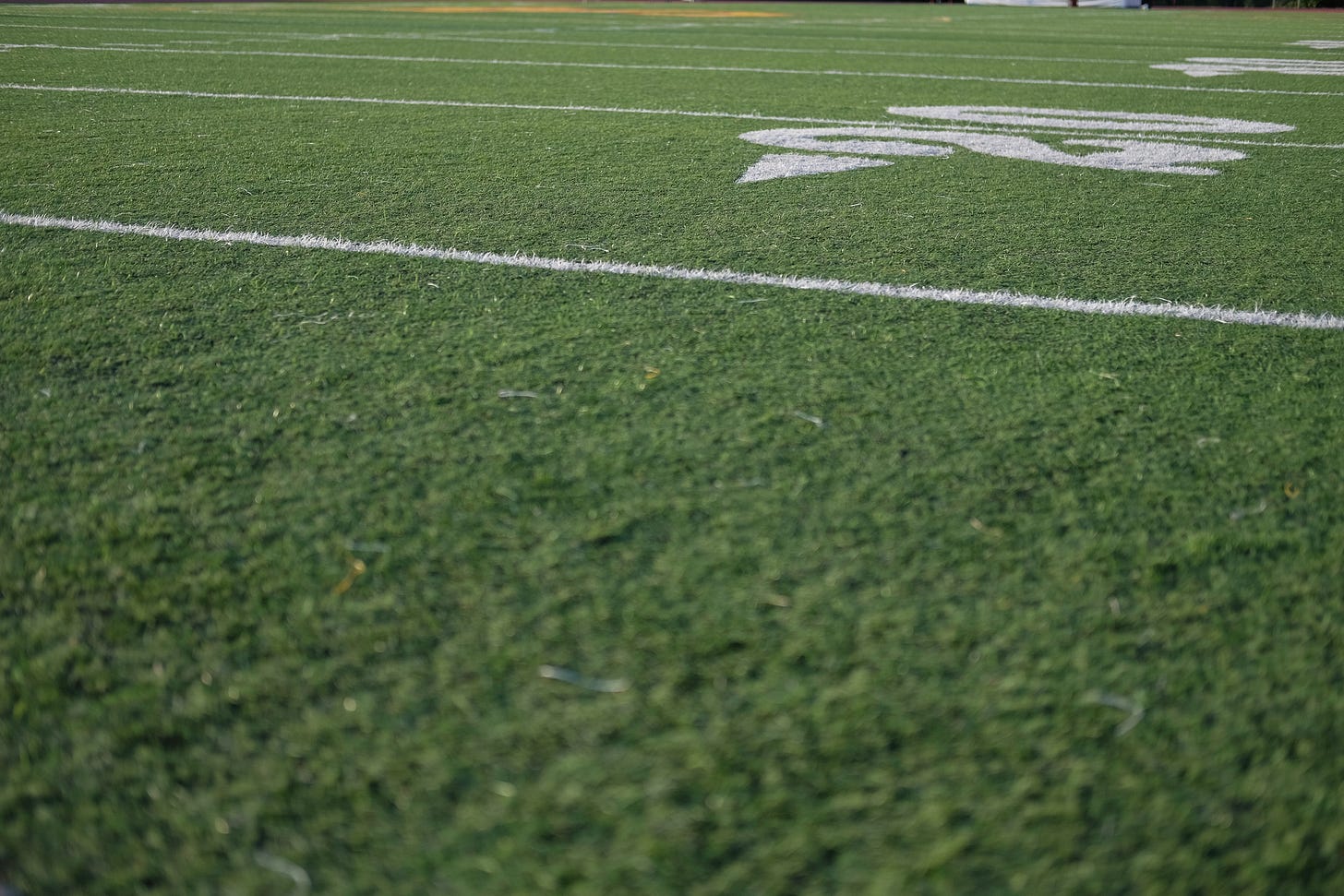SF Chronicle reports pay cuts to football coaches and administrators to account for the budget loss
Bears looking at the longterm

The SF Chronicle published an article on Sunday, which went into specifics about how the absence of Fall sports is affecting both Cal and Stanford. The Bears are estimated to have a $50 million loss for the season, according to Cal AD Jim Knowlton. Stanford AD Bernard Muir says in the article, that the university’s losses are comparable to the projections at Cal. One interesting tidbit from the article is that, according to a source, “Cal football coaches have agreed to take temporary salary cuts.”
The financial impact of a fall without football is immense. The Pac-12’s television contracts are worth approximately $250 million annually, or more than $20 million per school. Each school reaps about $32 million to $33 million overall in conference-generated revenue, including money from the Rose Bowl, the College Football Playoff and the NCAA basketball tournament (which was canceled in March).
Toss in revenue produced by the schools — ticket sales, concessions and the like — and Cal athletic director Jim Knowlton estimated a potential $50 million hit to his department’s budget for the coming fiscal year. Stanford athletic director Bernard Muir said his university’s loss projections were comparable. Whatever savings the schools reap from not traveling to or hosting games, approximately $10 million at Cal and $6.5 million at Stanford, doesn’t begin to balance the ledger.
Asked about possible layoffs and furloughs because of football’s postponement, Knowlton said, “Yeah, I think we’ve developed a lot of different models to get to a potential $50 million shortfall. There certainly will be some personnel actions we’ll have to take.”
One action: Cal football coaches agreed to take temporary salary cuts, according to a source close to the program. Muir said that coaches at Stanford, as well as he and other top administrators, are also taking salary reductions.
Other measures to reduce costs could include cutting sports programs, as Stanford did last month. The school announced it would discontinue 11 of its 36 teams after the 2020-21 academic year, and also would eliminate 20 support staff positions.
Stanford fielded the second-most varsity teams among the nation’s 130 schools in the Football Bowl Subdivision — programs at the top tier of college athletics — trailing only Ohio State. Cal, at 30, has more teams than all but a handful of schools.
“I think the chancellor (Carol Christ) and I have been in alignment,” Cal’s Knowlton said, “that cutting sports would be absolutely a last resort.”
But the pandemic has already changed many guiding principles. Stanford professor Roger Noll, who specializes in the economics of sports, expects to see changes and contractions.
“Every school has things to cut and this crisis gives them convenient cover,” Noll said. “It’s a mistake to believe it will be semi-painless for anyone.”
Noll believes the elite universities in the Pac-12 — including Cal and Stanford — will be hit less hard because of endowments, alumni commitments, research and business ties. He worries more for the lower tier of schools, more dependent on tuition dollars, and can envision a future split between the haves and have-nots in the conference.
Still, even at Cal and Stanford the athletic departments cannot look to campus leaders for help. That’s because universities are wading in an economic mess of their own. Stanford announced 208 permanent layoffs and 30 furloughs on July 29, according to an email from university president Marc Tessier-Lavigne to the campus community.
Christ, in a similar email earlier in July, estimated the financial impact of COVID-19 on Cal at $340 million. Even after short-term borrowing, federal funding and workforce-related actions, Christ said, Cal still faces a $65 million gap for the current fiscal year.
Put another way: The athletic departments are on their own.
The Pac-12 recently established an ambitious loan program, allowing schools to potentially borrow against future earnings from media contracts. Knowlton said he will “evaluate” the loan program as a way to mitigate the loss in revenues.
Cal’s athletic department already faces an annual debt payment of nearly $9 million, resulting from Memorial Stadium upgrades and construction of an adjacent training facility.
One way to ease the economic burden would be moving football and other fall sports into early 2021. Pac-12 Commissioner Larry Scott acknowledged that would strain campus resources, but he wants to leave open the opportunity.


I hope we don’t lose Wilcox
That's a lot of dough to find. f*.